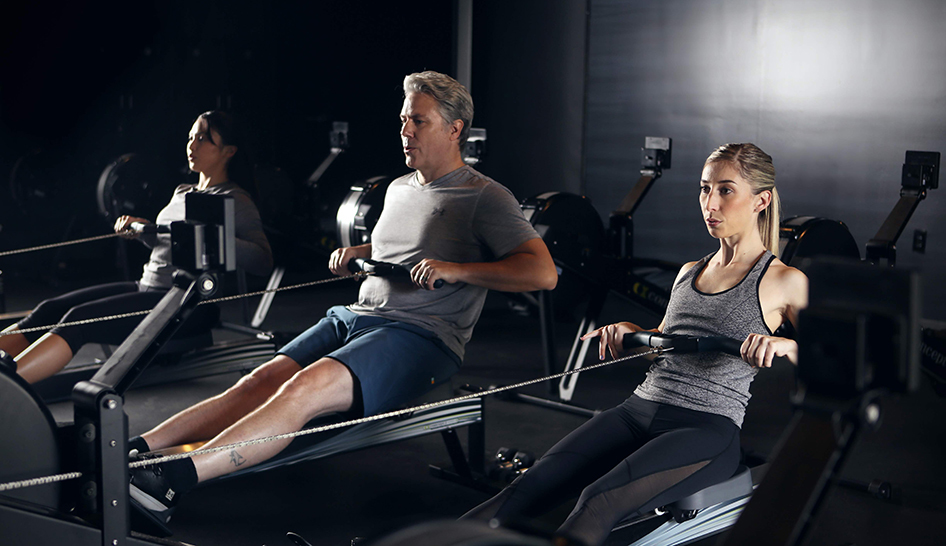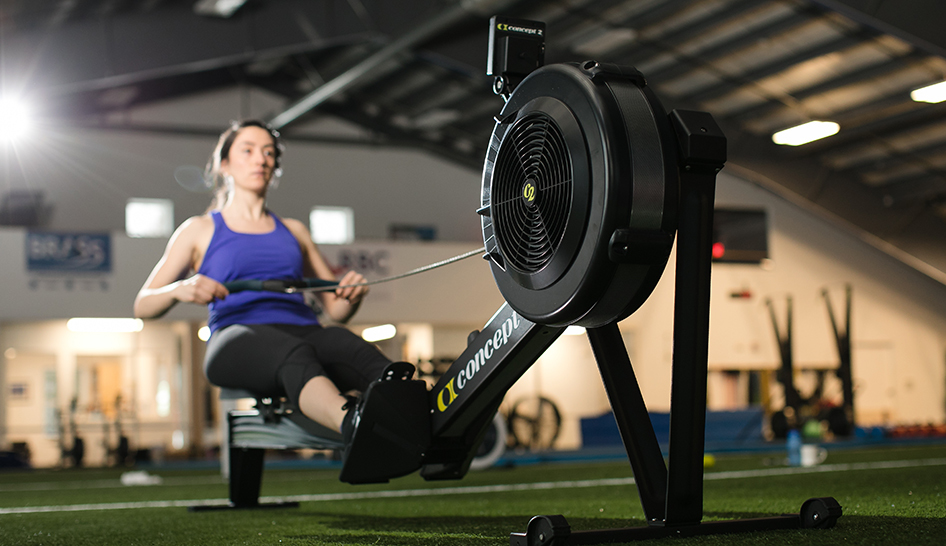When Debra Strougo Frohlich teamed up with her husband, Eric Von Frohlich, to launch Row House in New York City in 2014, she had no idea that the franchise model would take off the way it did. She just knew that rowing provided a great workout.
By mid-2019, however, the Frohlichs had 250 locations in the U.S., and 100 more set to open by year’s end.
“We’ve taught spin, swimming, bootcamps, CrossFit, and SAQ [speed, agility, and quickness], but, with them all, we never saw so much success, such great results, as with the people who’ve committed to indoor rowing,” she says.
Row House isn’t the only rowing studio catching fire in the marketplace. In urban areas throughout the country, boutiques dedicated to this low-impact, total-body activity are multiplying. CITYROW, iRow, LitMethod, GoRow, and other row-centric facilities are rapidly populating the fitness landscape.
Multipurpose health clubs that want to keep pace with promising new fitness trends would be wise to attend to this development. With the popularity of group X and small-group training (SGT) continuing to rise, especially among Millennials and members of Generation Z, clubs need to respond to consumers’ desires.
No less an authority than the IHRSA Fitness Training Report says it all: Nearly half of all Generation Z members (ages 6-17 years old) enrolled in SGT classes in 2016; and Millennials account for 37.4% of all SGT participants. And, according to IHRSA’s Profiles of Success, that year, 18 million health club consumers—or 26.6% of the total consumer base—signed up for SGT.
Universal Appeal from Beginners to Advance
One of the factors that’s driving the popularity of rowing is its ease of entry—it’s appropriate for just about any demographic.
“Initially, it seemed that the older and less-fit cohorts were most interested in a low-impact exercise that took place on a horizontal plane,” Frohlich says. “But, eventually, we realized that rowing translated well to all sorts of clients—from ultra-fit triathletes who want a smart cross-training workout, to people with stress fractures or other problems with their knees, ankles, or feet, who want a great workout that doesn’t put pressure on anything that aches.”


